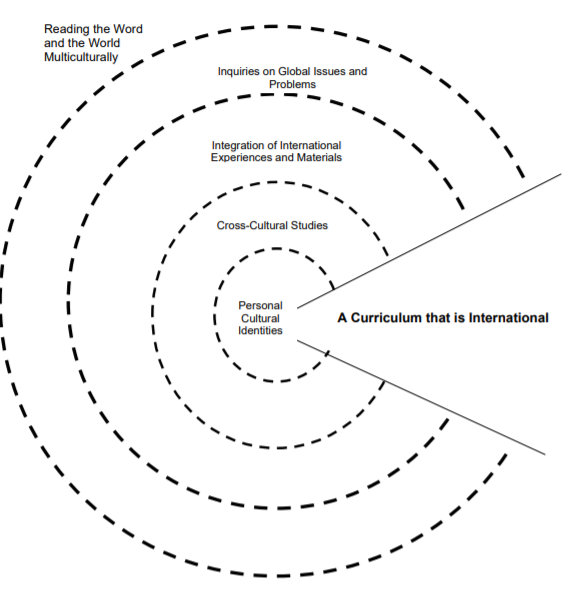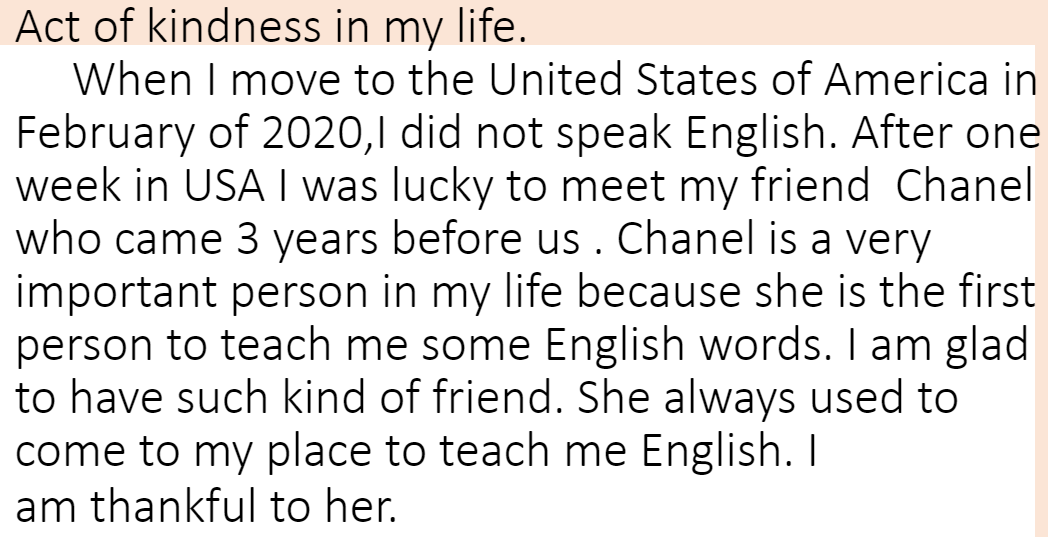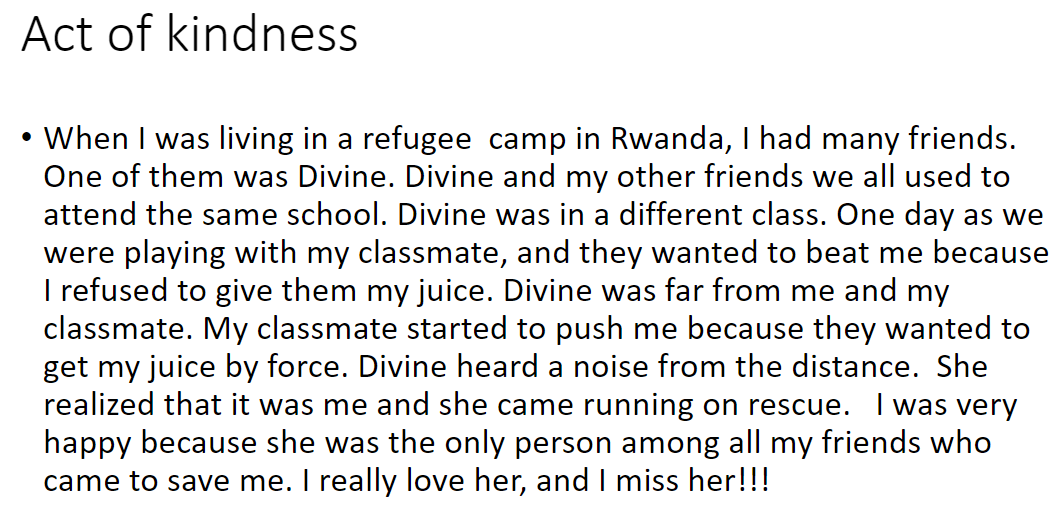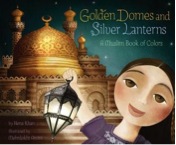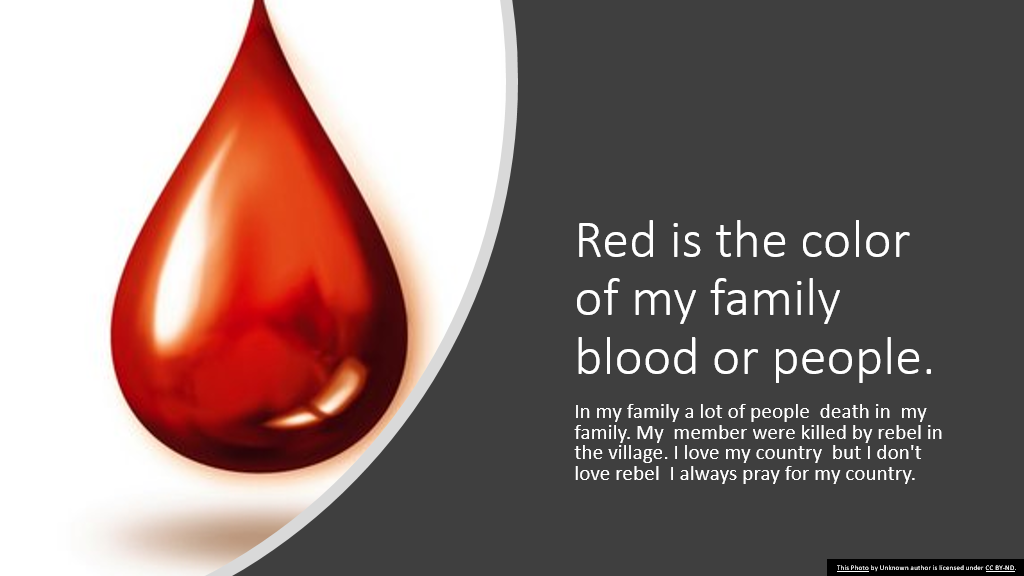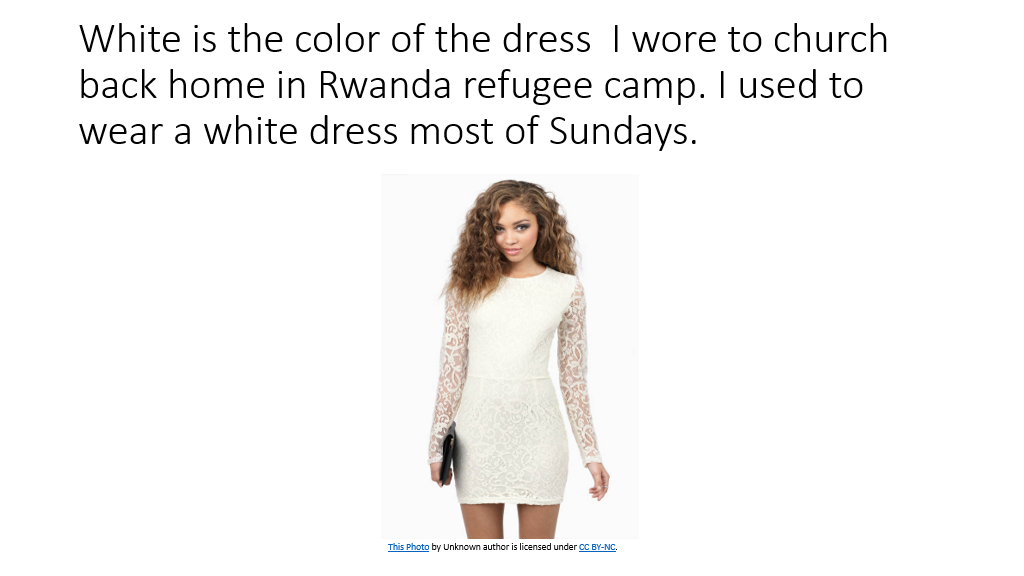Global and International Literature for English Learners
Benjamin Kowalski
As an English Language Development teacher at Doolen Middle School, I have the pleasure of working with a diverse student population from around the world including the Democratic Republic of Congo, Rwanda, Cameroon, Ivory Coast, Guatemala, Cambodia, and Afghanistan. I have taught various language levels while working at Doolen and this past year I taught English Language Development Level 1 (ELD 1). My class consisted of many true beginners, some who had arrived in the country just before the pandemic saw our schools go virtual. When given the opportunity to participate in the global literacy community, I was excited to introduce students to global and international literature as a way of developing literacy skills and to have them reflect upon their own identities through the process.
Our global literacy community decided to develop units using the framework of a model outlined in an article by Kathy Short (2003) at the University of Arizona entitled “A Curriculum that is International” (see Figure 1). In this model, curriculum begins with having students explore their own cultural identities then moves to cross-cultural studies. Next, the model suggests integrating international experiences and materials, and finally explores global issues. Our original idea for introducing global and international literature was focusing primarily on texts relating to Muslim cultures from the Middle East and northern Africa.
As a teacher working with students with limited English, I took this as an opportunity to develop basic reading skills, introduce new vocabulary, and provide writing practice using mentor texts. Additionally, this focus gave students a vehicle to express their own cultural identities, something that has always been a core practice in our ELD classrooms, especially while working with refugee youth as they navigate their lives in their new community. I set out to engage and build empathy keeping in mind the age group (middle school) and educational backgrounds (students with limited or formal education) through the exploration of picture books which allowed them to access the texts, find parallels to their own stories, and to use the texts as a guide to tell their own stories.
I chose three picturebooks that had at least one act of kindness that could serve as a common theme: Thank You, Omu! by Oge Mora (2018), A Drop of the Sea by Ingrid Chabbert and Raul Nieto Guridi (2018), and Salma the Syrian Chef by Danny Ramadan and Anna Bron (2020). We previewed and practiced important vocabulary, then read the story aloud as a class. Students practiced making predictions and completed a notetaker card to record characters, setting, plot, and identify the act(s) of kindness. After reviewing the different acts of kindness, I asked students to think of a time that someone did something kind for them and one time that they did something kind for someone. Here are two samples of student work:
While exploring these books, we had many opportunities for students to share about their own cultures. For example, in Salma the Syrian Chef, the girl cooks a dish for her mother that she missed from her home country of Afghanistan, providing a great opportunity for students to talk about foods that they miss from their home countries, when they usually eat them, and what feelings come to mind when they think of them. We shared pictures of the dishes and looked at recipes and ingredients. Given more time, in the future, it would be interesting to prepare these foods either in class or have students bring them in to share.
After the books about kindness, we looked at a book about identity that we then used as a mentor text. Golden Domes and Silver Lanterns: A Muslim Book of Colors by Hena Khan and Mehrdokht Amini (2015) is a book that explores a young girl’s culture and faith through the colors of things that are important in her life. She talks about the red rug that her father uses to pray, the blue hijab worn by her mother, and the golden dome of the mosque that her family attends. We started this lesson around the time of Ramadan and some of the students were observing the holy month by fasting. We had a guest teacher, an Arabic speaking Student Support Specialist, tell us about how her family observes Ramadan and give the class a brief introduction to some of the vocabulary around the holy month. We learned the words for colors in English and matched them to the vocabulary from the book. This text became our template, using the phrase that is repeated in each page of the book, “(A color) is a …,” for example “Silver is a fanoos, a twinkling light, a shiny lantern that glows at night.” I asked our French and Kinyarwanda-speaking interpreter to assist the class as they worked on individual PowerPoint presentations to help them put ideas on paper and to be there if students needed support in their home language, as some of the slides students created touched on topics that could bring up strong memories and emotions. Here are some student samples:
Final Thoughts
The process of exploring global and international literature in an English Language Development classroom was a challenge, but at the same time led to much more personalized and meaningful learning. This experience highlighted the value of mentor texts both as jumping off points for discussion and as places from which to take sentence frames. At our school, we returned to in-person learning for the 4th quarter of the 2020-21 school year. Working with English language learners in a fully online environment before our return provided a unique set of challenges as students simultaneously learned basic English and learned to navigate new computer programs. There is no doubt that this forced an acceleration in computer literacy, but it also meant that when we got back into the classroom, we had some catch up to do both in standardized testing and language skills. This took away from time that would have allowed us to go more in depth with creating artifacts around these books through more in-depth extension activities and is something that I look forward to revisiting next school year.
Children’s Literature Cited
Chabbert, I. (2018). A drop of the sea. Illus. R. N. Guridi. Toronto: Kids Can Press.
Khan, H. (2012). Golden domes and silver lanterns: A Muslim book of colors. Illus. M. Amini. San Francisco: Chronicle.
Mora, O. (2018). Thank You, Omu!. Boston: Little, Brown.
Ramadan, D. (2020). Salma the Syrian chef. Illu. A. Bron. Toronto: Annick Press.
References
Short, K. (2003). Exploring a curriculum that is international. https://old.coe.arizona.edu/sites/coe/files/a_curriculum_that_is_international.pdf
Benjamin Kowalski teaches English Language Development class at Doolen Middle School.
© 2021 by Benjamin Kowalski
WOW Stories, Volume IX, Issue 2 by Worlds of Words is licensed under a Creative Commons Attribution-NonCommercial-ShareAlike 4.0 International License.
Based on a work by Benjamin Kowalski at https://wowlit.org/on-line-publications/stories/volume-ix-issue-2/12/.
WOW stories: connections from the classroom
ISSN 2577-0551

